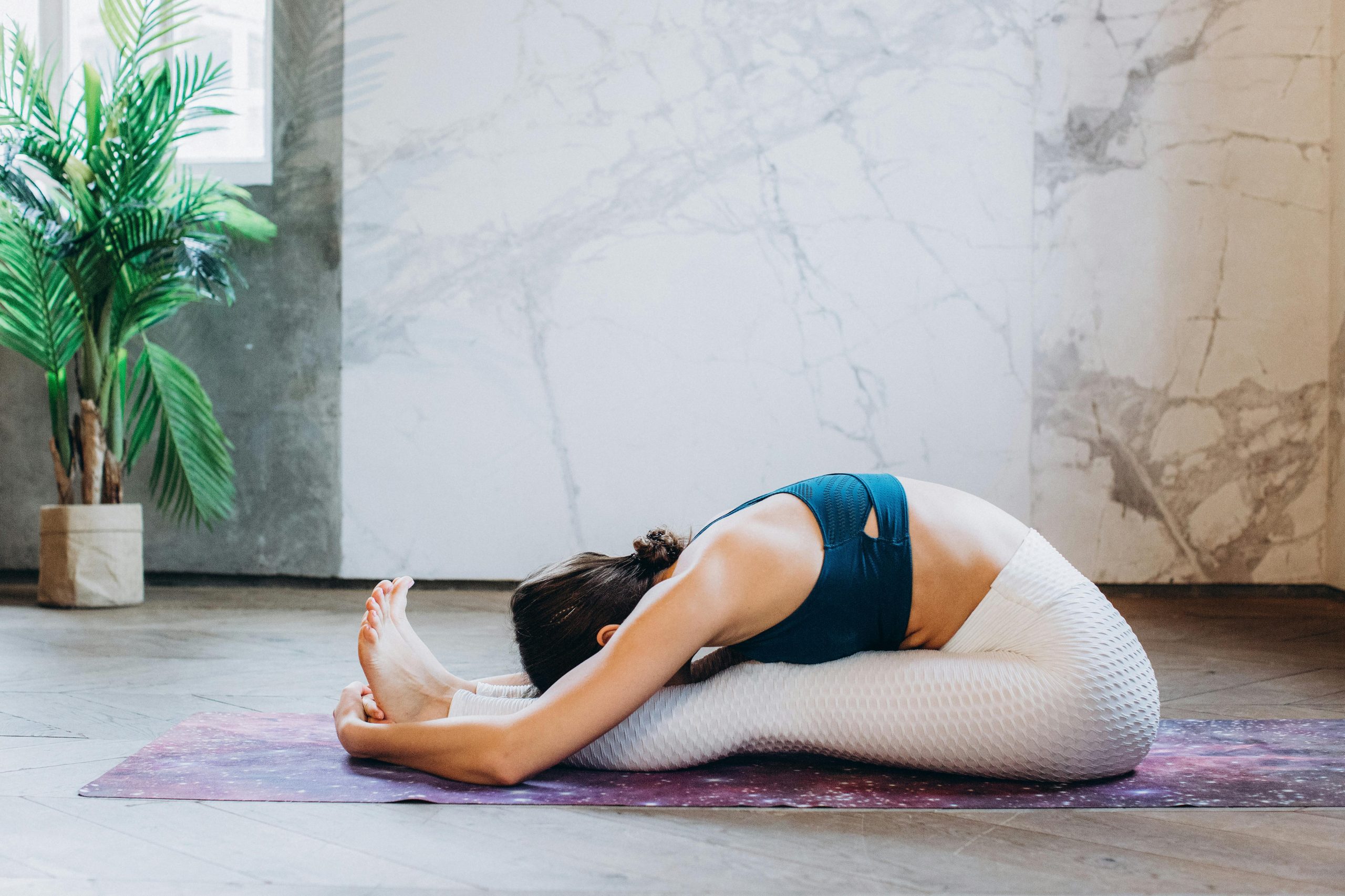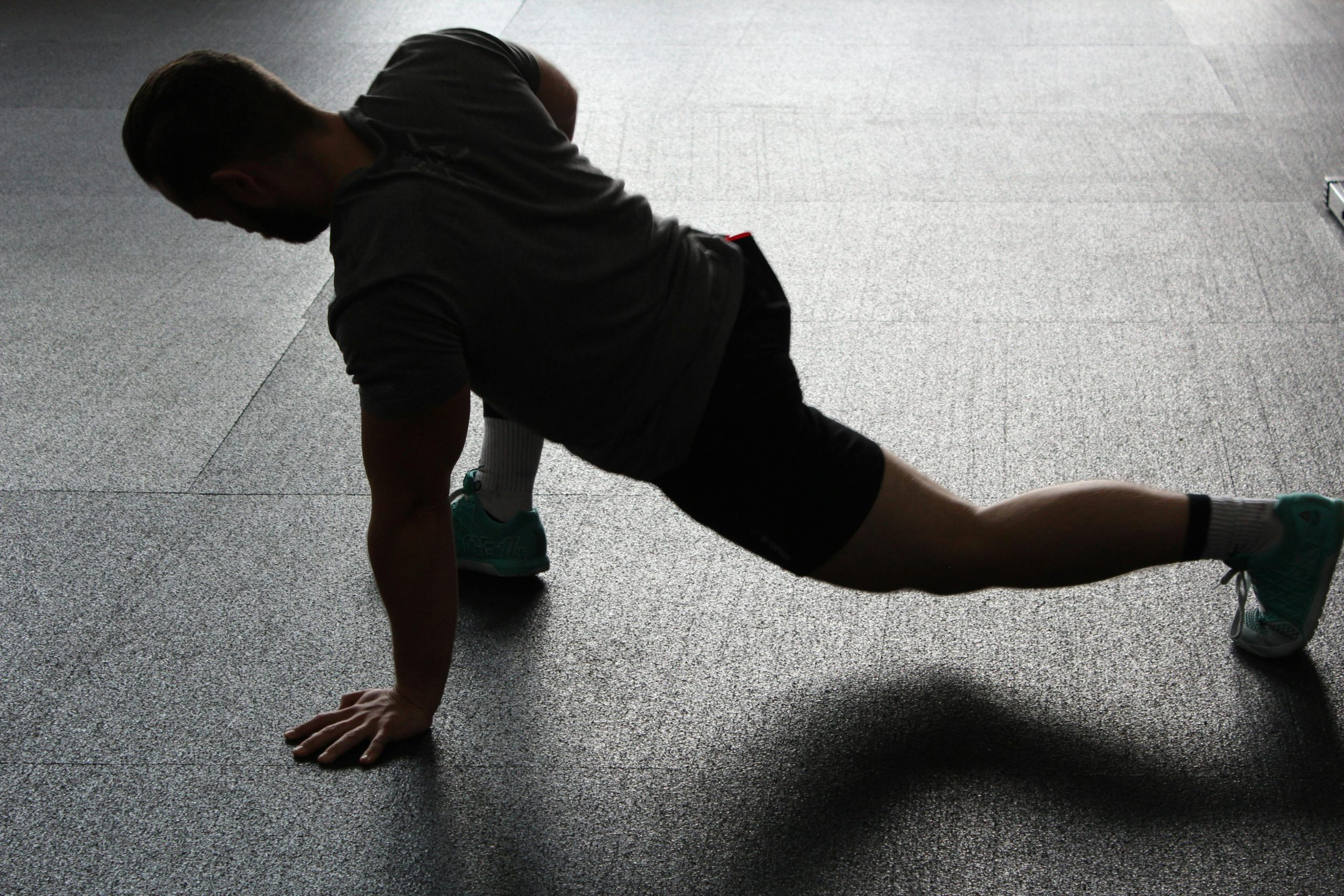Are you tired of feeling tense, sore, or stiff? Stretching, a form of exercise that lengthens your muscles by extension or movement, can aid flexibility and mobility.
In reality, stretching is essential for everyone who wishes to feel good about themselves—that is, experience less pain—not only athletes. Stretching is intended to increase muscle flexibility and reduce tension, which will increase joint range of motion. Thus, including stretching as a regular part of your workout regimen will increase longevity, lessen the chance of injury, enhance the aging process, and more.
However, stretching goes beyond simply bending over and touching your toes. There are several ways to stretch, and each provides advantages that are marginally different. Additionally, some stretches are better done before working out than after and vice versa.
Let’s examine the different types of stretching and their benefits.
Static Stretching
Static stretching is the practice of maintaining a stretch at its end range for a certain amount of time, generally 30 seconds to two minutes. The hamstring stretch is a traditional static stretch.
How to do it: Place one leg on a low stool, hips and feet facing front. Then, bend forward from the hips until you sense something stretching at the back of your leg. Throughout the stretch, maintain your back flat and your knees straight.
Benefits: When done as a post-workout cool down, static stretching can reduce tension and increase flexibility. Static stretching improves the range of motion in muscles and joints that aren’t being stretched in addition to the stretched muscle or joint.
Dynamic Stretching
Dynamic stretching is the deliberate contraction of your muscles and the complete range of motion of your joints. Dynamic stretches are designed to get the body moving, whereas static stretches are intended to be held for an extended period. It serves to warm up the muscle and get it ready for activity.
How to do it: Dynamic stretches include walking lunges, leg swings (where you stand on one leg and swing the other through its complete range of motion), and torso twists (where you move your torso from side to side without moving your feet or legs).
Benefits: By increasing muscle warmth and reducing stiffness, dynamic stretches are practical, sport-specific exercises that may enhance your chosen activity’s acceleration, speed, and agility. When athletes complete dynamic stretches they benefit from short-term boosts in power, sprint, or jump performance.
Somatic Stretching
If you’re unfamiliar with somatic stretching, you may have encountered it in widely recognized fitness programs like tai chi, yoga, pilates, qigong, and the Feldenkrais Method.
Unlike other stretching techniques, somatic stretching has no fixed methodology. You are not required to focus on certain muscle groups or hold a stretch for a predetermined amount of time. Rather, you use light motions to relax tense muscles while remaining conscious of your body and any sensations that emerge.
How to do it: Stretch and arch your back. As you go, pay attention to your tense areas and modify your form accordingly. Additionally, you can circle forward, raise your arms aloft, and twist your torso from side to side. Somatic stretching can be classified as either passive or active stretching because it doesn’t involve contracting muscles.
Using a combination of held stretches and gentle, flowing motions, this total-body stretch technique helps the body become more flexible and mobile.
Benefits: There aren’t many studies on somatic stretching. But this stretching technique could help you have a better mind-body connection, which might help people move in ways their bodies want to move and become more aware of their bodies. You may also feel better mentally, have less discomfort and tension in your muscles, and have better blood flow to them by combining deep breathing with deliberate, gradual movements.
Proprioceptive Neuromuscular Facilitation (PNF)
Proprioceptive neuromuscular facilitation, or PNF, is usually done with a practitioner’s assistance. To increase the range of motion, a muscle is alternately contracted and relaxed. PNF also comes in a variety of forms, such as “contract-relax,” “hold relax,” and “contract-relax agonist contract.” Although there are some subtle variations between these types, they are typically executed by contracting the stretched muscle to 75–100% of its maximum, maintaining the contraction for 10 seconds, and then releasing.
How to do it: The PNF “hold-relax” technique for hamstring stretches would entail the following: As you lay on your back, have someone raise one leg toward the ceiling for you until the rear of the raised leg stretches. For six seconds, as the other person applies force, hold and contract your hamstring. For 30 seconds, hold the stretch while relaxing.
Benefits: PNF helps heal injuries, enhance performance, build strength, and promote a complete range of motion in both therapeutic and sporting contexts. The nervous system is believed to transmit messages to the muscles telling them when it is safe to extend more when one resists force when stretching and then relaxes into a passive stretch before repeating the contraction. While reaching a deeper stretch enhances flexibility and range of motion, the contraction increases strength.
Passive Stretching
Holding a stretch for 30 sec to 2 minutes at its end range is what passive stretching entails, much like static stretching. The distinction is that passive stretching entails using an outside force to increase the range of motion and flexibility, such as a towel, resistance band, gravity, or another person. In static stretching, you have to support yourself in the stretch position; in contrast, an external force supports you throughout the stretch.
How it works: You would need to locate a companion to support your elevated leg as you lie on your back and elevate one leg until your hamstrings start to stretch to make the exercise passive.
Benefits: Passive stretching is a great way to decompress after an exercise, much like static stretching. By increasing blood flow to the muscles, passive stretching aids in the removal of waste materials like lactic acid. That may facilitate the healing of muscles. Remember you also need to feed your muscles with proteins to boost recovery. Get these healthy snacks from built.com.
Written by [email protected]





